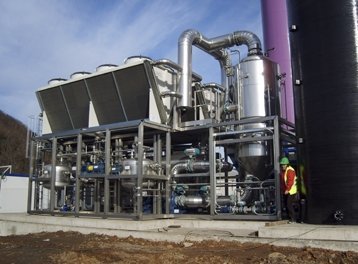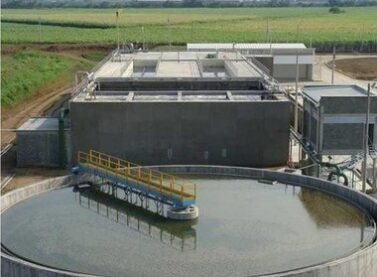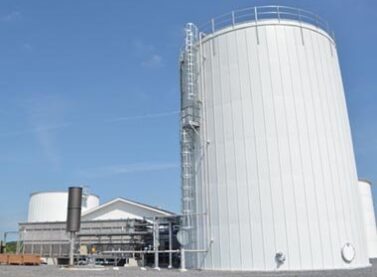Condorchem Envitech Offer
Condorchem Envitech has extensive experience of wastewater treatment and is an expert in designing and implementing the most efficient wash water treatment processes that best suit the conditions of each customer.
Among the techniques that Condorchem Envitech puts into practice to develop the most competitive solution in each case, are the following:
Biological treatment
When the contamination is biodegradable, the removal of organic matter, nitrogen and phosphorus is feasible through this process, which is economical and efficient. Condorchem Envitech has the following treatment techniques based on biological processes:
- Active sludge: Biomass in suspension is an economical and efficient process, if space is available.
- Sequencing batch reactor (SBR): A compact and discontinuous process, notable for its versatility and flexibility.
- Membrane bioreactor (MBR): It requires little space, is highly efficient and provides high quality effluent.
- Moving bed biofilm reactor (MBBR): Notable for having a fixed biomass, obtaining a high efficiency.
- Biocarb®: A process developed by Condorchem Envitech, with a fixed biomass, for a highly efficient and competitive alternative.
- Upflow anaerobic sludge blanket (UASB) reactor: This is particularly economical with high organic loads to be treated.
- RAFAC®: An anaerobic process developed by Condorchem Envitech to treat high organic loads. A very competitive process.
Filtration through membranes
Membrane treatment (microfiltration, ultrafiltration, nanofiltration and reverse osmosis) removes suspended particles, macromolecules and even salts from water and, in general, leads to a high quality effluent. However, a reject current is generated which cannot always be discharged without farther treatment.
Vacuum evaporation
Condorchem Envitech is very experienced in this technique, which is ideal for treating the liquid industrial waste and complex mixtures produced by the wash waters. It is a clean, compact, versatile and very effective process. If necessary, it can be used to prevent liquid discharges.
The range of vacuum evaporators are based on three different equipment types, each with its own particular use:
- Heat pump vacuum evaporators
- Mechanical vapor recompression vacuum evaporators
- Multiple-effect vacuum evaporators.
Our equipment
Concept (need and benefits)
Most production processes have washing water at some stage of the process. This liquid effluent is produced in plant and equipment cleaning processes, either at the end of the production cycle or to change the type of production. This water may have a very different composition, due to its widely varying origin. In any case, it is notable for having a very rich composition of different types of pollutants, depending on the specific process producing them.
Once used, the water has to be treated before being disposed of, regardless of whether it is returned to the natural environment or into the sewage network. For the former, the treatment must be sufficient so that the discharge has no detrimental environmental impact; and, if discharged into the sewage network, the physical and chemical properties of the treated water must comply with current regulations. There is a third option: re-use. Since water is a natural resource that should not be wasted, the most sustainable alternative is to treat wastewater until its quality is appropriate for re-use in the process. Environmental regulations, which are increasingly demanding, mean that re-use is the most competitive option in many cases.
Sectors and technologies
Washing water is typically produced from production processes in the following sectors:
- Food industry (refined oils and fats, wine, beer, liquors, meat, preserves, olives and pickles, dairy products, processed bread and pastries, chocolate and confectionery, frozen fish and seafood, juices and soft drinks, nuts and spices and sauces).
- Chemical, pharmaceutical and cosmetic industry
- Textile industry
- Metal and surface treatment industry
- Glass and ceramics industry
- Automotive industry
- Graphic arts industry



